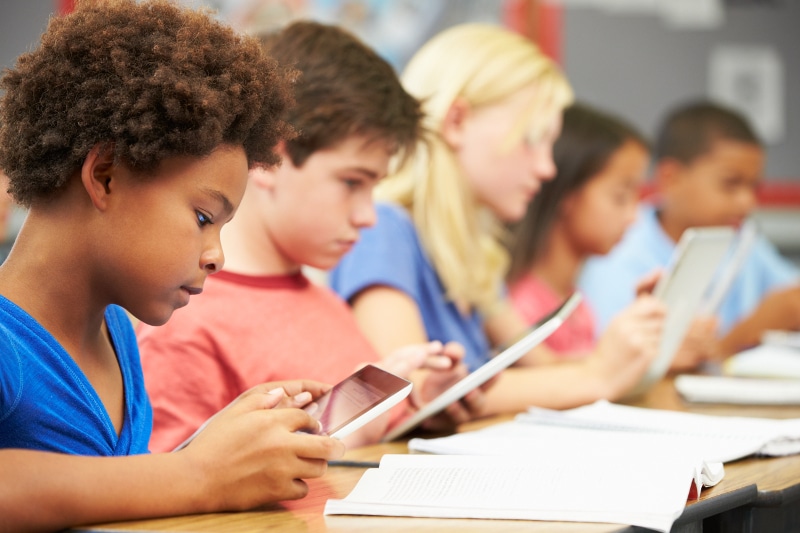
What’s the one skill that can change everything for struggling learners—and even your highest achievers? It’s not test-taking. It’s not note-taking. It’s not even content mastery.
It’s this: learning how to learn.
We often assume students know how to study, remember, and process information. But most don’t. And in today’s diverse, fast-paced classrooms, explicitly teaching learning strategies isn’t optional—it’s essential. When we focus on helping students build personalized, brain-aligned tools they can use for life—not just for the next quiz—we change the game.
These learning strategies aren’t gimmicks. They’re how we equip students to take control of their learning, build confidence, and succeed in any subject.
Rehearsal: Strengthening Recall with Purpose
Let’s start with rehearsal strategies—the first layer of teaching students how to learn. These are memory tools like:
-
Mnemonics: Think acronyms like NASA or rhymes like “Thirty days hath September…”
-
Visualization: Encouraging students to create vivid mental pictures of content
-
Creative Sentences: “Every Good Boy Does Fine” for musical notes is one we all know
Rehearsal helps learners—especially those with memory or executive function challenges—reduce mental load and store information efficiently. When we make recall easier, students spend less time spinning their wheels and more time thinking critically.
Elaboration: Making Learning Personal and Sticky
Rehearsal is the first step. Elaboration strategies take things further by asking students to connect new learning to what they already know. This might look like:
-
Summarizing or rewriting text in their own words
-
Creating personal analogies to explain new ideas
-
Asking and answering their own “what if” questions
These elaboration techniques activate long-term memory and deepen comprehension. Students who struggle with retention benefit especially from strategies that make learning relevant to their own lives.
Organization: Helping the Brain “See” Information
When information is complicated or overwhelming, organization strategies create clarity. You’ve probably seen these in action:
-
Graphic organizers and mind maps
-
Sticky note coding (marking “!” for interesting, “L” for learned something new, “?” for questions)
-
Color-coded note systems to help chunk content
For students with ADHD or executive functioning difficulties, these visual supports reduce overload and improve task completion. When we teach organization explicitly, we remove a major barrier to learning.
The Production Effect: Speak It, Draw It, Move It
Here’s a powerful strategy you may already be using without realizing it: The Production Effect. Research shows that when students say information out loud, draw it, or move while learning, memory consolidation improves.
Try this:
-
Ask students to teach a concept to a peer
-
Have them sketch ideas as they listen or read
-
Use movement-based activities like “Vote with your feet” or group sorting
These activities don’t just make learning fun—they solidify it.
This Isn’t Just for “Advanced” Students
One of the biggest mindset shifts we can make as educators is this: self-regulation isn’t a gifted strategy—it’s an every-student strategy. Struggling learners often have the motivation but lack the tools. When we teach them how to learn, we give them access. We give them power.
These strategies are rooted in research-backed practices like Universal Design for Learning (UDL) and reflect how the brain actually processes and stores information. It’s time we stop saving the “good stuff” for honors students and start making it part of every classroom. These are tools students can carry into every grade, every job, and every challenge that comes their way.
When we teach students how to learn, we do more than raise test scores—we change lives.
Call to Action:
If this article resonates with you, you’re not alone—and you don’t have to figure it all out by yourself. Whether you’re a classroom teacher, instructional coach, or administrator, I offer dynamic in-person trainings and consultations that bring these strategies to life.
✅ Book me for a school inservice or district PD
✅ Explore my training materials on differentiated instruction
✅ Pick up your copy of Special Needs in the General Classroom for 500+ ready-to-use strategies
Let’s equip students to succeed—not just today, but for the long haul.
 |
CLICK HERE to discover a wealth of teaching strategies and resources for maximizing student success!.
Bring Susan to your campus!Featured seminar – Differentiation Strategies to Reach ALL Learners in the Inclusive Classroom |
